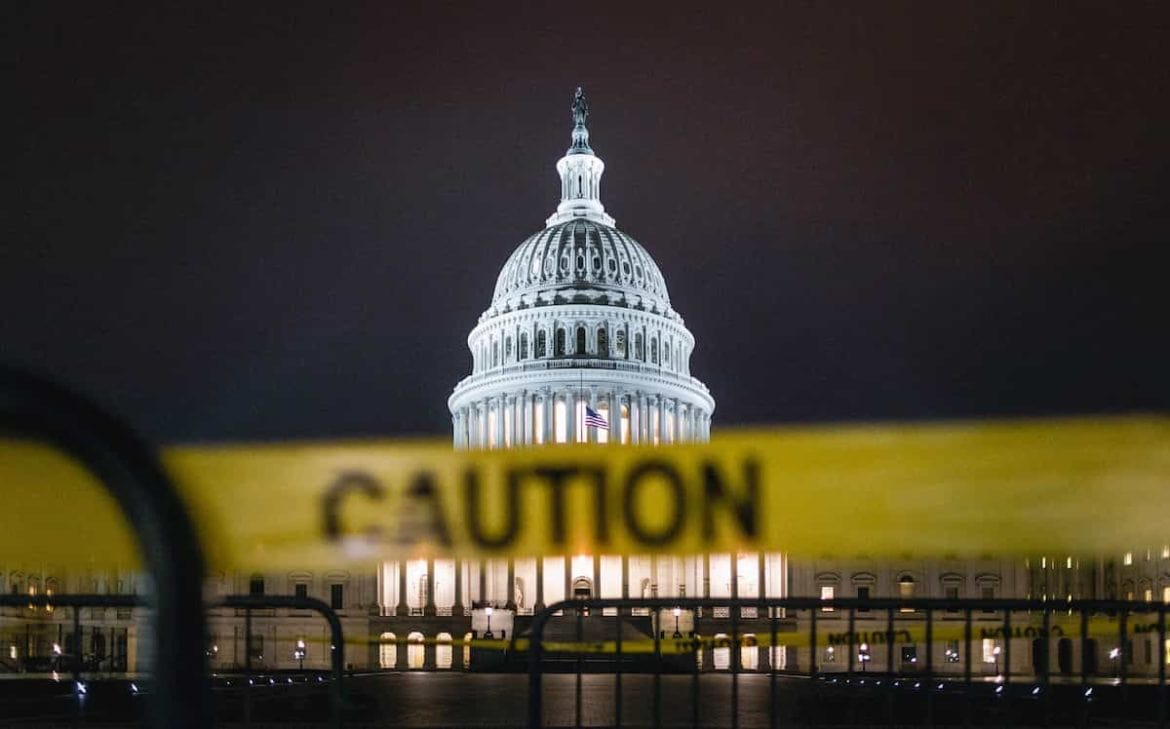
Pandemic Triggers 70% Growth in U.S Bankruptcy Filings
The full impact of the coronavirus pandemic on the economy cannot be entirely ascertained at the moment since the health crisis is yet to be contained fully. However, early indicators show that most businesses are out of operations as they failed to remain afloat during the pandemic.
Data presented by Buy Shares indicates that the number of annual U.S. bankruptcy filings between 2019 and 2020 grew by 69.44%. Last year, the number was at 244, while in 2019, the U.S. recorded 144 bankruptcy filings.
In 2009, during the financial crisis, the filings stood at 293, the highest figure in the last 12 years. The lowest filings were recorded in 2014 at 96. The filings are by public and private companies with liabilities greater than $50 million.
Pandemic economic shutdown sends businesses into bankruptcy
The sharp rise in bankruptcy filings was due to the pandemic’s impact on the United States economy. During the crisis, the economy was shut down, with millions losing jobs, while small businesses were forced to close due to reduced consumer activity. The filings could have been higher were it not for the government stepping in with a stimulus package. Lenders also rushed to the rescue of most businesses, bailing out companies that were pushed toward restructuring by pandemic shutdowns.
Federal aid from the $1.2 trillion stimulus package helped individuals and businesses stay away from bankruptcy. The state and local governments, federal agencies, and companies also worked together to enact policies that put a temporary halt to evictions, foreclosures, and other measures aimed at easing financial strain.
The main challenge for companies was the complete shutting down of the economy as authorities attempted to put the pandemic in control. Some companies had to renegotiate with landlords and suppliers to tackle unforeseen inventory and liquidity issues. It is worth mentioning that even during the pandemic, factors that pushed companies into bankruptcy in previous years remained in place.
Before the pandemic, market conditions were the leading causes of bankruptcy in the United States. Notably, the economy was in a shaky mood due to the war trade with China, as tariffs imposed by both countries impacted specific companies.
In the U.S. some of the affected businesses were from the energy, travel, and accommodation sectors. Most filed for bankruptcy since there was no clear direction on how long the crisis would last. Firms that filed for bankruptcy were already in debt, and lack of business in 2020 meant they could not operate smoothly.
Unlike 2009, last year’s bankruptcy filing remained low considering that the economy reopened around July, giving hope to many businesses. However, the pandemic’s second wave meant the recovery path would be rough posing a new bankruptcy risk. The successful rollout of vaccines is also giving the business a new lease of life.
Influence of market conditions on bankruptcy
The lowest bankruptcy filing was in 2014 when the American economy recorded the highest growth since the recession. Financial experts considered the period as a breakout year for the economy. The economy surged by 2.4%, ushering in a robust period where consumer confidence and spending were high.
Following the U.S. presidential election, most businesses looked forward to a positive future outlook as the stock market shrugged off the uncertainty around the results. However, on January 6, a mob of protestors descended on Capitol Hill during the presidential election results certification. This political uncertainty will potentially have a negative impact on the markets.
